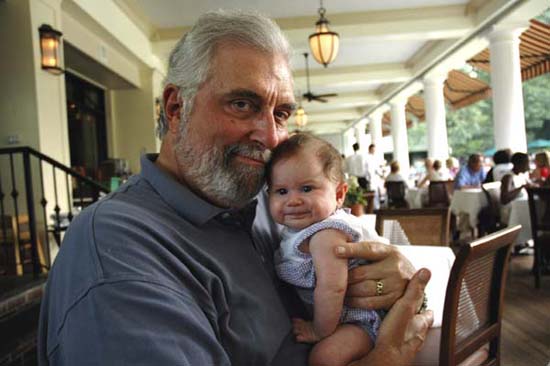Race And Education, America Gets A Fresh Start
The indisputable fact is that the nation that existed in 1954 when the Court outlawed separate, segregated educational systems has now been radically reformed. The entirety of educational law and spending is geared to the goal of the best possible education for children of all races. The problem is that we have not even gotten close to that dream.
Here is Juan Williams in the Times:
With yesterday’s Supreme Court ruling ending the use of voluntary schemes to create racial balance among students, it is time to acknowledge that Brown’s time has passed. It is worthy of a send-off with fanfare for setting off the civil rights movement and inspiring social progress for women, gays and the poor. But the decision in Brown v. Board of Education that focused on outlawing segregated schools as unconstitutional is now out of step with American political and social realities.
Desegregation does not speak to dropout rates that hover near 50 percent for black and Hispanic high school students. It does not equip society to address the so-called achievement gap between black and white students that mocks Brown’s promise of equal educational opportunity.
And the fact is, during the last 20 years, with Brown in full force, America’s public schools have been growing more segregated — even as the nation has become more racially diverse. In 2001, the National Center for Education Statistics reported that the average white student attends a school that is 80 percent white, while 70 percent of black students attend schools where nearly two-thirds of students are black and Hispanic.
It can even be argued that the unintended consequence of Brown v. Board of Education was to exacerbate the racial separation in our society. Black kids have been all but condemned to struggle in inner city schools, in ghettos where there was no cultural imperative to strive and succeed in school. Meanwhile, white kids largely do well in suburban ghettos where education is perhaps the highest value of that sub-culture.
Maybe, just maybe, now that the Court has forced us to focus our funds and energies away from curing the racial mix in increasingly unmixed communities, we can begin to really deal with the failures of the system to teach black children. Maybe if we solve that problem black and white adults will grow up so closely alike that the rate of integration and intermarriage will accelerate to the point that America will finally look like the nation of its dreams and highest ideals.
Labels: integration, race, schools, Supreme Court

